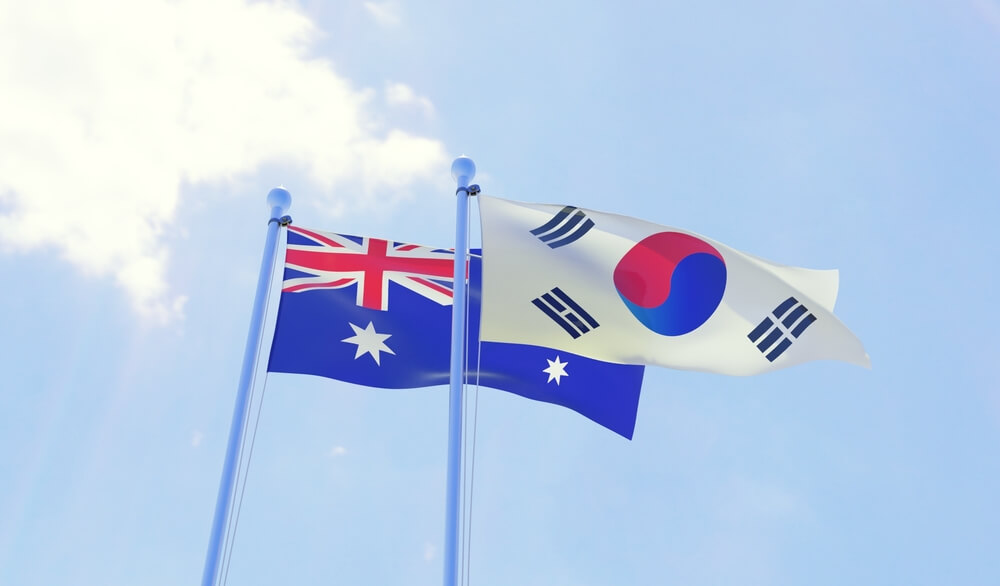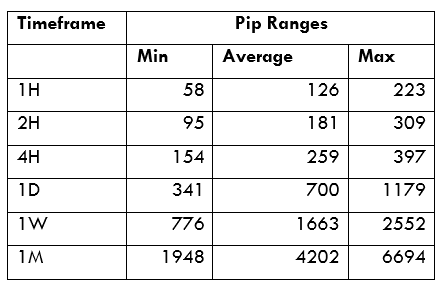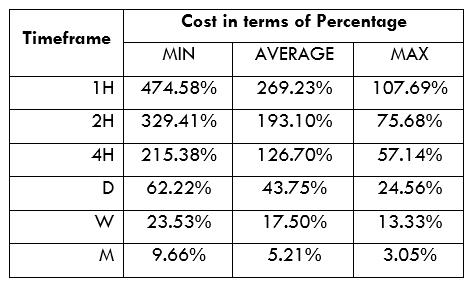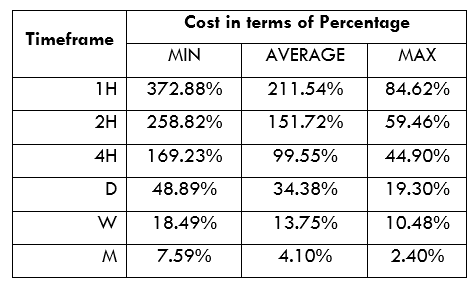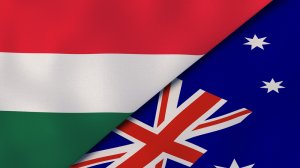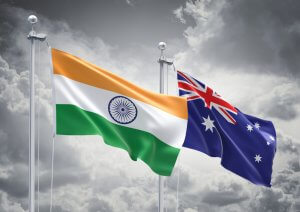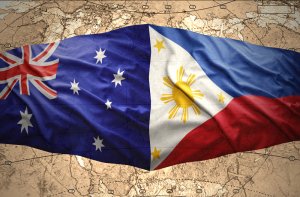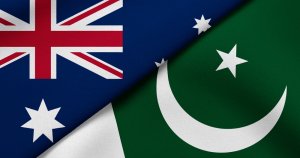Introduction
The AUD/KRW is an exotic currency pair where AUD is the Australian Dollar, and KRW is the South Korean Won. This article will cover some of the essential elements of the AUD/KRW pair that you should know before you start trading this exotic pair.
The AUD is the base currency, and the KRW is the quote currency in this pair. Hence, the pair’s price represents the amount of KRW that can be bought using 1 AUD. For example, say the price of AUD/KRW is 795.89, it means that for every 1 AUD, you can buy 795.89 KRW.
AUD/KRW Specification
Spread
In forex trading, your broker will sell a currency pair to you at a higher price than the one they will buy from you if you sold it back to them. These prices are “bid” and “ask,” and the difference between them is the spread. The spread for the AUD/KRW pair is:
ECN: 21 pips | STP: 26 pips
Fees
STP type accounts incur no trade commissions. For the ECN accounts, the fees charged depend on your broker and the size of your position.
Slippage
When placing a forex market order with your broker, that order might be executed at a different price. The difference is slippage and is due to higher volatilities or execution delays by the broker.
Trading Range in the AUD/KRW Pair
The trading in forex aims to show the trader how a currency pair fluctuates across multiple timeframes. This analysis is used to determine volatility associated with the pair.
If. For example, the trading range of the AUD/KRW across the 4H timeframe is ten pips; it means that a trader can expect to gain or lose AUD 12.6; since the value of 1 pip is AUD 1.26.
Here’s the trading range of the AUD/KRW across multiple timeframes.
The Procedure to assess Pip Ranges
- Add the ATR indicator to your chart.
- Set the period to 1
- Add a 200-period SMA to this indicator.
- Shrink the chart so you can determine a larger period
- Select your desired timeframe
- Measure the floor level and set this value as the min
- Measure the level of the 200-period SMA and set this as the average
- Measure the peak levels and set this as Max.
AUD/KRW Cost as a Percentage of the Trading Range
Here, we calculate the total trading costs that a trader can incur trading the AUD/KRW across different timeframes under different volatility.
The trading cost is expressed as a percentage of the volatility, which is in pips.
ECN Model Account Costs
Spread = 21 | Slippage = 2 | Trading fee = 1
Total cost = 24
STP Model Account
Spread = 26 | Slippage = 2 | Trading fee = 0
Total cost = 28
The Ideal Timeframe to Trade AUD/KRW Pair
From the above analyses, we can observe that the highest costs in both the ECN and the STP accounts are incurred at the 1H timeframe when volatility is at the minimum 58 pips. Although the trading costs decline as the timeframe becomes longer, you can notice that the costs are lower when volatility is at the maximum across all timeframes. Therefore, for intraday traders trading the AUD/KRW pair when volatility approaches, the maximum will help lower the costs.
Using the forex limit order types can also help to reduce the overall costs since it eliminates the risks of slippage encountered in market orders. Here’s an example.
ECN Account Using Limit Model Account
Total cost = Slippage + Spread + Trading fee
= 0 + 21 + 1 = 22
Notice how the overall trading costs have been lowered in all timeframes. When volatility is at the minimum at the 1H timeframe, the highest trading cost has declined from 406.78% to 372.88%.

